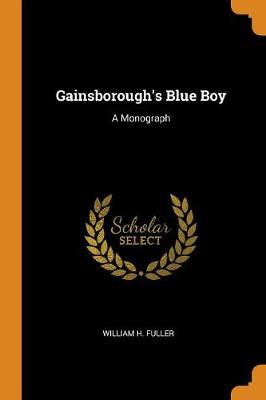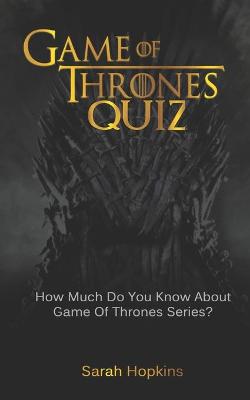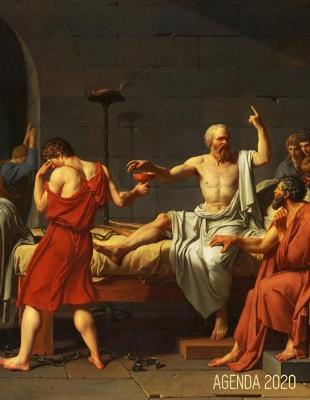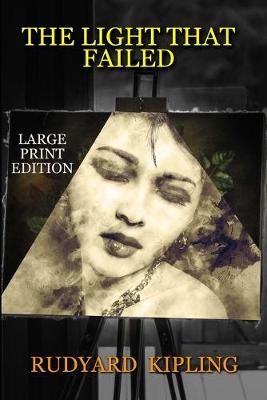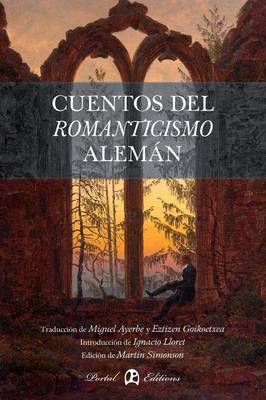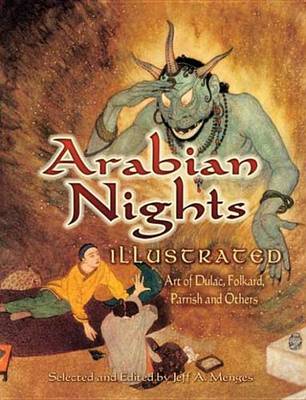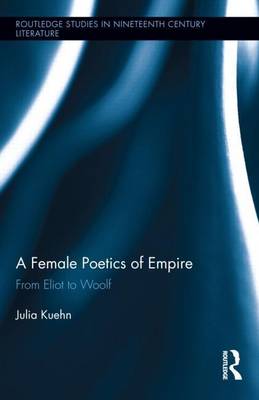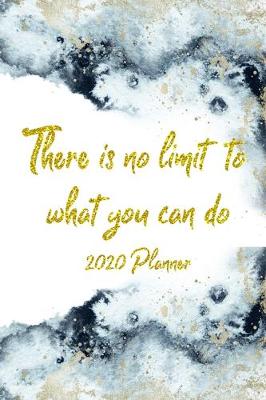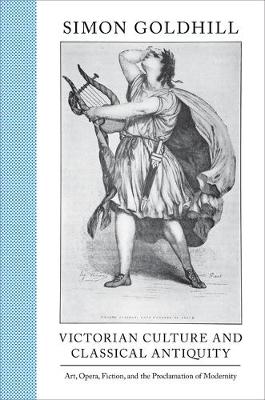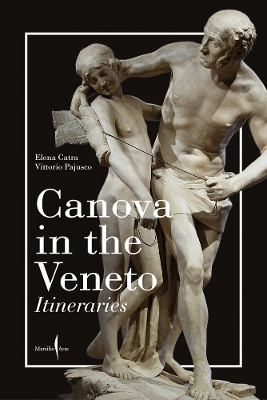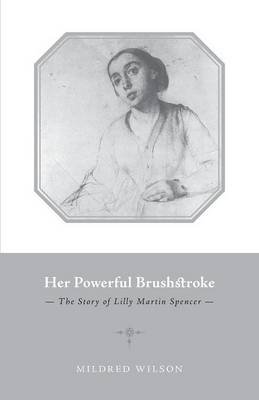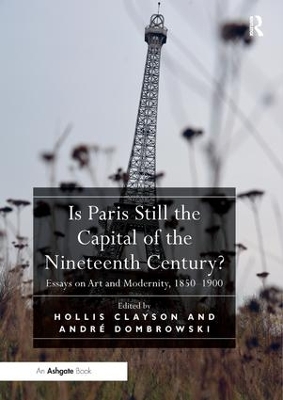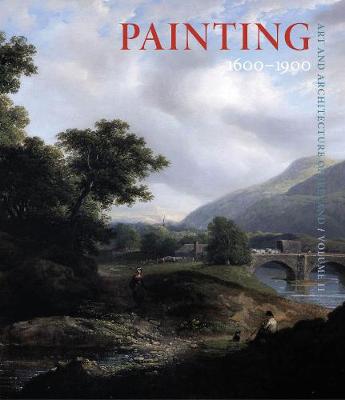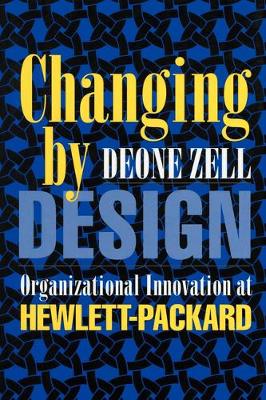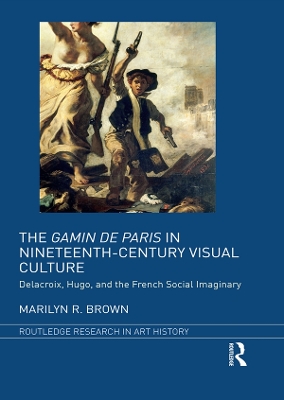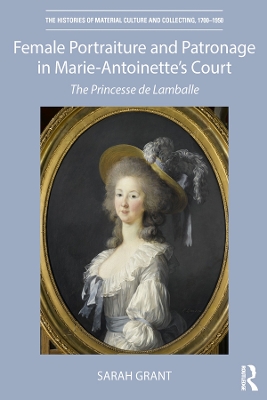Techno-Magism explores how British Romantic literature abuts and is organized around both print and non-print media. The book explores not only the print, pictorial art, and theater of early nineteenth-century England and Europe but also communicative technologies invented after the British Romantic period, such as photography, film, video, and digital screens. This proleptic abutting points to one way we can understand the implicit exceptionality wagered by reading Romanticism through media st...
Wild at Heart
by Jonas Beyer, Werner Busch, Michael Thimann, and Florian Illies
In this book, David Peters Corbett proposes a new way of looking at English painting from the Pre-Raphaelites to Wyndham Lewis and the Vorticists. An award-winning art historian, he contends that from 1848 to 1914, English artists confronted a world in which the rise of science and dedine in religion deprived painting of many of its traditional functions and powers. Yet these same changes presented the possibility that painting could become a crucial means of mediating the materialism of industr...
Female Poetics of Empire: From Eliot to Woolf, A: From Eliot to Woolf (Routledge Studies in Nineteenth Century Literature)
by Julia Kuehn
Victorian Culture and Classical Antiquity (Martin Classical Lectures)
by Simon Goldhill
How did the Victorians engage with the ancient world? Victorian Culture and Classical Antiquity is a brilliant exploration of how the ancient worlds of Greece and Rome influenced Victorian culture. Through Victorian art, opera, and novels, Simon Goldhill examines how sexuality and desire, the politics of culture, and the role of religion in society were considered and debated through the Victorian obsession with antiquity. Looking at Victorian art, Goldhill demonstrates how desire and sexuality,...
Romantic Genius and the Literary Magazine (Routledge Studies in Romanticism)
by David Higgins
In early nineteenth-century Britain, there was unprecedented interest in the subject of genius, as well as in the personalities and private lives of creative artists. This was also a period in which literary magazines were powerful arbiters of taste, helping to shape the ideological consciousness of their middle-class readers. Romantic Genius and the Literary Magazine considers how these magazines debated the nature of genius and how and why they constructed particular creative artists as genius...
Images of the Outcast
This study offers a survey of the changing depiction of the denizens of London's streets-mechanic preachers, prostitutes, milkmaids, tinkers, beggars, and all manner of hawkers-as these were represented in "Cries" produced between 1580 and 1900. It draws on the history of art, literature, and society to analyse the meaning of the "Cries" in the culture of London over three centuries, and studies "Cries" as a genre with its own self-sustaining life - the life of art - but also reads the genre in...
Is Paris Still the Capital of the Nineteenth Century?
"Is Paris Still the Capital of the Nineteenth Century?" The question that guides this volume stems from Walter Benjamin's studies of nineteenth-century Parisian culture as the apex of capitalist aesthetics. Thirteen scholars test Benjamin's ideas about the centrality of Paris, formulated in the 1930s, from a variety of methodological perspectives. Many investigate the underpinnings of the French capital's reputation and mythic force, which was based largely upon the city's capacity to put itself...
More than three hundred biographical entries consider the work of Irish painters of the seventeenth, eighteenth and nineteenth centuries, a critical period that saw the development of easel painting, the exploration of antiquarianism and a search for the pictorial expression of national identity. Nearly forty thematic essays range widely from exhibiting practices to the social history of Irish art, revealing how pictures were produced, acquired and traded in Ireland, examining the output of pain...
In August 1858, William James Stillman, a painter and founding editor of the acclaimed but short-lived art journal The Crayon, organized a camping expedition for some of America's preeminent intellectuals to Follensby Pond in the Adirondacks. Dubbed the "Philosophers’ Camp," the trip included the Swiss American scientist and Harvard College professor Jean Louis Rodolphe Agassiz, the Republican lawyer and future U.S. attorney general Ebenezer Rockwood Hoar, the Cambridge poet James Russell Lowell...
Caspar David Friedrich (Painting in focus)
by John Leighton and Colin J. Bailey
The revolutionary boy at the barricades was memorably envisioned in Eugène Delacroix’s painting Liberty Leading the People (1830) and Victor Hugo’s novel Les Misérables (1862). Over the course of the nineteenth century, images of the Paris urchin entered the collective social imaginary as cultural and psychic sites of memory, whether in avant-garde or more conventional visual culture. Visual and literary paradigms of the mythical gamin de Paris were born of recurring political revolutions (1830,...
This comprehensive book brings to light the portraits, private collections and public patronage of the princesse de Lamballe, a pivotal member of Marie-Antoinette’s inner circle. Drawing extensively on unpublished archival sources, Sarah Grant examines the princess’s many portrait commissions and the rich character of her private collections, which included works by some of the period’s leading artists and artisans. The book sheds new light on the agency, sorority and taste of Marie-Antoinette a...
